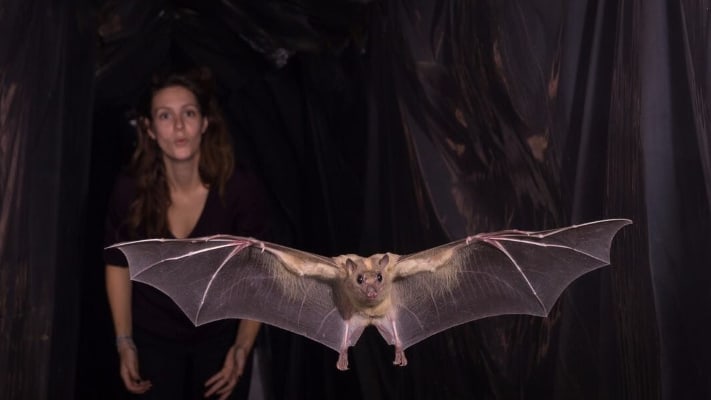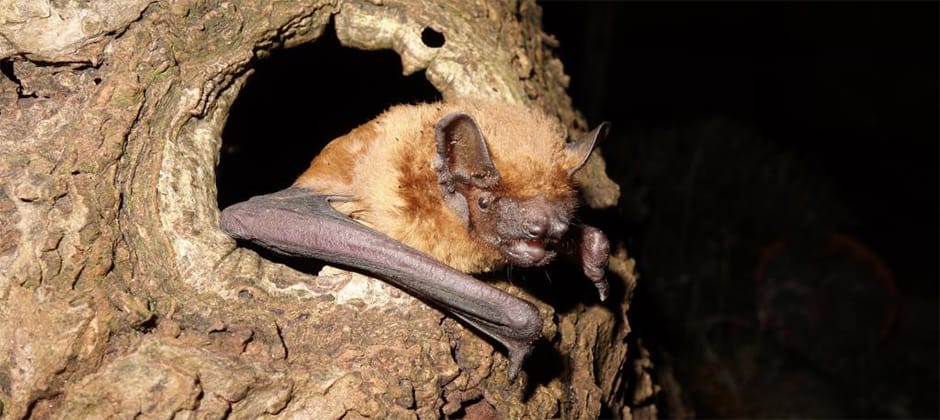Share this article
Can the right picture inspire people to conserve bats?
A picture can be worth a thousand words when finding imagery to promote the conservation of animals that aren’t the most charismatic.
Researchers recently found that photographs of bats, especially those of dead or in distress, can prompt members of the public to feel compassion, anger and sadness for bats and to increase, at least temporarily, their intentions to get involved in bat conservation. They hope the information can help inform messaging that promotes conservation.
“We wanted to know how different photos of bats trigger people`s emotions and thought processes, such as attitudes towards bats and their conservation or to get involved in their conservation,” said Tanja Straka, a postdoctoral researcher at the Technical University of Berlin. “This might help us get a better understanding of what kind of photos can be used to engage the public and to get our message in relation bat conservation more effectively across.”
By finding out how different bat photos provoke different emotions, Straka said, scientists and conservationists can choose imagery that underpins their messaging.
Straka led a study published in Human Dimensions of Wildlife in which she and her colleagues showed two different sets of photos on a screen to participants in a lab experiment. One group saw bats that were dead or in distress. The other saw bats with people who looked interested and happy. Before and after people viewed the photos, they rated their emotions towards bats and their intentions to get involved in their conservation.

Individuals were shown this photo of a human with a bat, which resulted in more interest in bats. But when they were shown photos of dead bats or those in distress, people became at least temporarily passionate about conserving them. Credit: Sasha Danilovik
The team found that when people saw threatened bats, they often reacted with compassion and sometimes showed feelings of anger and sadness. Perhaps more importantly, they also expressed more positive attitudes towards bat conservation and slightly higher intentions to get involved in their conservation.
“While we do not know how long this effect lasts, these are at least first and promising findings,” Straka said. “We know from other studies that compassion can be very strong driver to get engaged in nature and wildlife related issues.”
Both types of photos resulted in people showing interest in bats. But compared to the threatened photos, the ones with bats and people evoked less feelings of anger, sadness and compassion.
Researchers also found that feelings of fear were quite low when people looked at either type of photo, which Straka said is good news. The study was done before the ongoing coronavirus pandemic, however, which may result in greater fear of bats due to their possible involvement in the virus’ spread.
Straka said she hopes scientists and conservationists can use the findings to influence how they promote bat conservation. “I would hope to contribute with this study to our current understanding that carefully selected photos can underpin our conservation messages,” she said. “And I hope we get more of an understanding about the impact of different kind of photos, also in relation to other wildlife, on people.”
The team is working on further research to determine how different photos, beyond these two sets of bat photos, influence people and how they perceive bats and their conservation.
“For wildlife conservationists, there are certain tools to bring our messages more effectively across,” Straka said. “It’s important and exciting to learn more about what kind of message framing and photos engage the public and get their attention when it comes to bat and wildlife conservation in general.”
Header Image: Can photos of bats inspire more people to want to conserve them? Credit: Andreas Zahn








